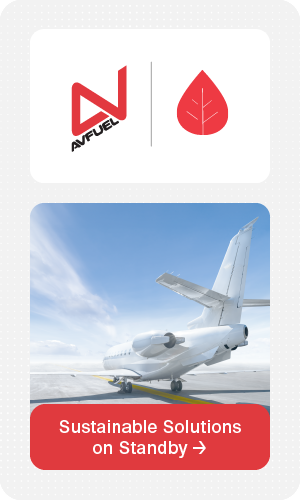General aviation airports are gateways to communities, engines of local economies, and essential links in the national airspace system. Beyond infrastructure, an airport’s true foundation is the network of relationships that sustain and support it. A healthy aviation ecosystem depends on how airport sponsors, FBOs, tenants, operators, pilots, communities, and policymakers communicate with one another—and how those communications adapt into appropriate local policy as conditions evolve.
Guided by that philosophy, NATA and five national associations launched the Know Before You Go initiative in 2018 to promote continuous communication throughout the flight planning process for aircraft users and operators. By aligning expectations before arrival, the program enhances clarity, confidence, and collaboration in the customer experience.
Since its launch, Know Before You Go has grown beyond its original focus on flight planning to serve as a framework for communication across the entire general aviation ecosystem. What began as an effort to align pilot and operator expectations has developed into best practices that help airports, FBOs, and tenants prepare for high-demand periods, understand the impact of limited resources, and enhance the customer experience in these dynamic processes.
As part of this evolution, NATA introduced Communication Best Practices for FBOs and Aircraft Operators and The Complexities of Today’s FBO Model resources. The latter outlines the operational realities FBOs face during peak activity, including constrained ramp space, additional staffing, equipment mobilization, and increased service requirements, and underscores the importance of advanced communications on capacity, pricing, and reservations. By sharing this information consistently with each other, airports, tenants, and operators can approach peak activity periods with shared understanding, turning potential stress points into opportunities for collaboration and strengthened relationships.
The same principle applies directly to the evolving relationship between airports and tenants. In times of transition—whether adjusting to new business models, advancing sustainability goals, or responding to aircraft or airport regulatory changes—open dialogue helps anticipate needs, reduce conflict, and build trust.
For airport sponsors, Know Before You Go thinking means engaging tenants throughout airport rate-setting, capital planning, and updates to compliance documents like minimum standards, rules and regulations, and leasing policies. For FBOs, it means providing timely, accurate service information and keeping operators informed as conditions change. For operators, it means engaging early, maintaining dialogue during peak travel periods, and sharing information to ensure seamless service. Combined, these practices transform relationships from transactional to collaborative, strengthening the health of airports and the national airspace system (NAS).
The same holds true at the community level. Airports that invite residents, civic leaders, and students into the conversation—through open houses, sustainability initiatives, and education programs—become trusted partners. In return, community understanding and political support grow, enabling airports to thrive.
Rates and charges highlight why this approach matters. Transparent cost documentation, clear explanations of methodologies, and consistent tenant engagement turn what could be points of pressure into opportunities for joint problem-solving. Predictability and fairness foster confidence, encouraging long-term commitment from both airports and businesses.
While financial pressures are real—funding uncertainties and rising costs cannot be ignored—communication opens the door to creative solutions. From innovative development strategies to competitive lease processes, requests for proposals, and diversified revenue streams, lasting progress rests on strong, ongoing dialogue with stakeholders.
Know Before You Go reflects a simple truth: communication is the bridge to collaboration. By embracing this philosophy, pilots and operators who coordinate early with FBOs—and FBOs who in turn communicate openly with airport sponsors—create a chain of trust and preparedness that strengthens the tenant–airport relationship as a whole. When these links work together, challenges are anticipated, resources are managed more effectively, and shared goals come into focus. Airports, tenants, operators, and communities can then move forward together, building an environment that supports safety, service, sustainability, and long-term success. The airport ecosystems that will thrive, and continue to support the national airspace system, are those where communication is ongoing, relationships adapt with changing conditions, and every stakeholder is part of the conversation.






